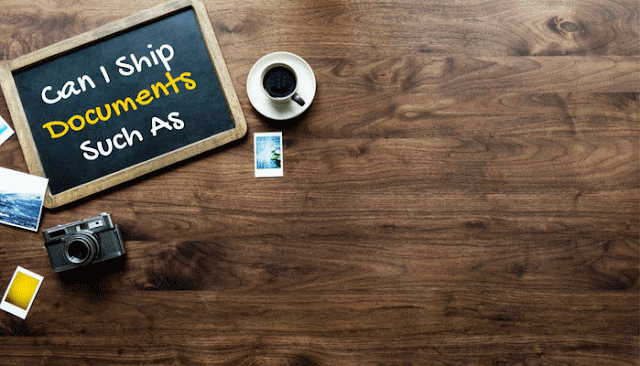Beginners Guide for Importing Goods to India
Exchange of goods among countries has been happening for decades. Importing goods from another country was neither easy then, nor it is now unless one has quite a lot of expertise in it. To have a fairly long and strong regime in imports, one must know the import business thoroughly.
Globalization has resulted in building the demand for all sectors of businesses with imports and export not left behind, thereby opening the door of opportunity for the exporters and importers to establish their businesses. Before bumping into the import business, you must be well acquainted with the roadmap of doing it, without which you won't be able to sustain in the long run.
STEP 1 : Gather the documents
Before starting an import business ensure that you have all these documents beforehand so that you don't end up delaying things.
a) IEC Registration: One has to get Import Export Code before starting cross-border import/export of goods. Registration of IEC from the Directorate General of Foreign Trade can be done via Online Registration: Go to DGFT website http://dgft.gov.in and register IEC using the PAN Card number. For documents required and procedure to register click here.
b) AD Code: Importing goods from other countries involves the transaction of foreign currency into the bank account. Hence once you have got IEC, you have to get Authorized Dealer Code. To get AD Code, write a letter to the bank where you have the current account of your company, requesting for the same. The bank will now send you a 14 digit AD Code on its letterhead to your address.
c) Commercial Invoice: It consists of the information regarding the actual value of the product.
d) Packaging List: It generally constituents information about the product shipped, weight, volume and its contents.
e) GST Number
f) Bill of Lading/AWB: It is an acknowledgment which is issued by the carrier on receiving the goods from the shipper. The shipper sends the bill of lading along with other documents to the bank. The bank now sends it to the importer’s bank which can be later collected and submitted during the customs clearance. BOL is used while shipping goods in sea cargo, whereas AWB for air cargo.
g) KYC Documents : Company’s ID proof and address proof.
h) MSDS : In case you are shipping any product which comes under hazardous list.
**Documents needed may differ depending on the products which you are importing.
STEP 2: Choosing a freight forwarder
Once you are well prepared with the shipping documents, it's now time to choose a freight forwarder. Before doing so, make sure you have a clear understanding of the INCOTERMS with your supplier/shipper i.e., when and where your accountability of the goods starts or ends. Opt a mode of transport which is suitable for your goods depending on the size and weight of the product. There are many freight forwarders out there, but it's important to choose the right ones for your business. Do some research about the freight forwarders - check if they have a renowned name and good experience in the international market, can they handle multiple shipments, do they provide cheaper shipping rates, will they help in customs clearance or provide insurance etc.. Alternatively, you can contact a logistics aggregator like Ecourierz, who can look after the entire process of importing for you.
STEP 3: Approach a Clearing Agent
Once you have all the required documents in hand, register the AD Code in the customs office, at your nearest port where you will import all your products. You have to approach a CHA or Customs House Agent who can do it for you. CHA will collect all the required documents from you and will submit it to the customs. This has to be accomplished before the further proceedings of the shipment. This may take up to 2-4 working days.
Step 4: Making the payment
The process and method of payment has to be decided between the shipper and importer before receiving the goods. There are different secure payment terms which can be used while paying the shipper.
Open account : The shipper sends the goods to the importer along with all the documents and the importer clears the payment at a future date.
Letter of credit: Its a document issued by the importer's bank on the guarantee of payment of a specified amount in a particular currency - provided specified conditions and documents are met.
Document Against Acceptance (D/A): The shipper directs the bank to release shipping documents and documents of title to the importer only if he obtains and signs the bill of exchange/ draft.
Document Against Payment (D/P): The shipper directs the bank to release shipping documents and documents of title to the importer only if he pays the complete amount of bill of exchange/ draft.
Importing goods is much easier if a lot of homework is done before implementing it and with the help of a good freight forwarder who can provide seamless shipping service. Make sure you are well prepared with the documents beforehand so that you don't end up messing up the shipments in the customs.





Comments
Post a Comment